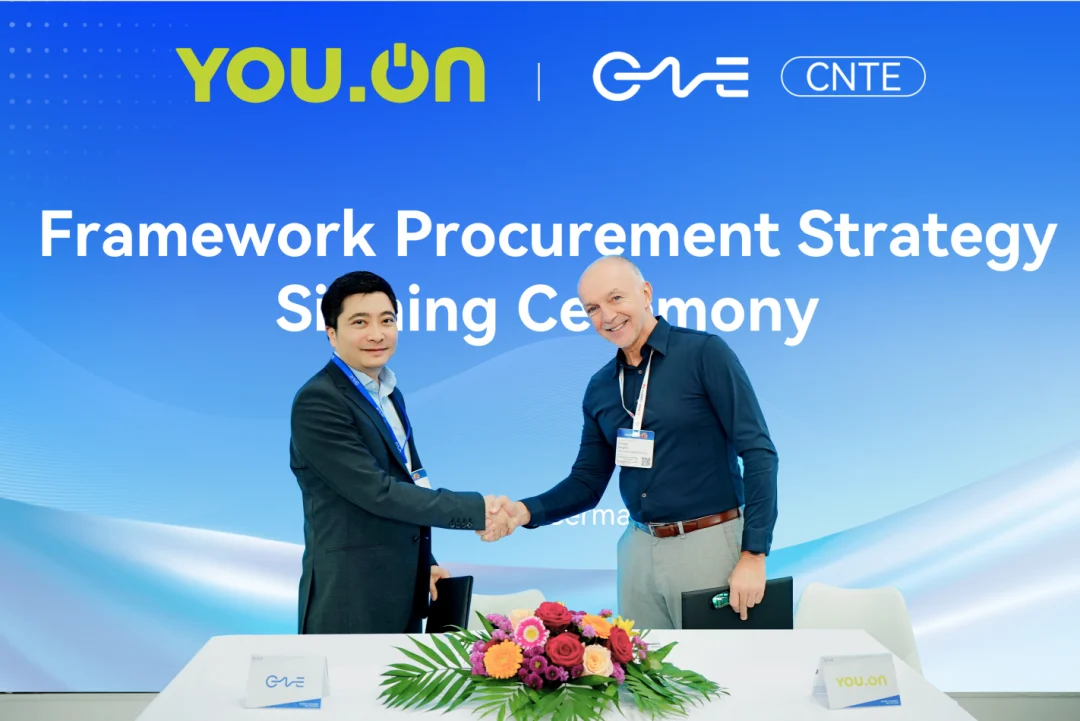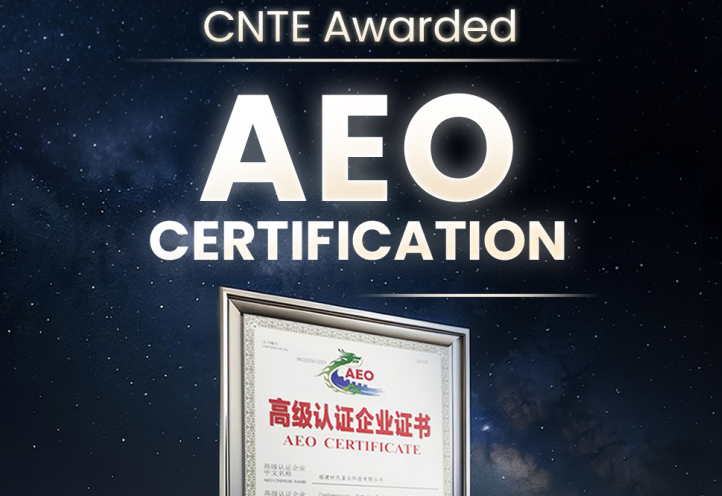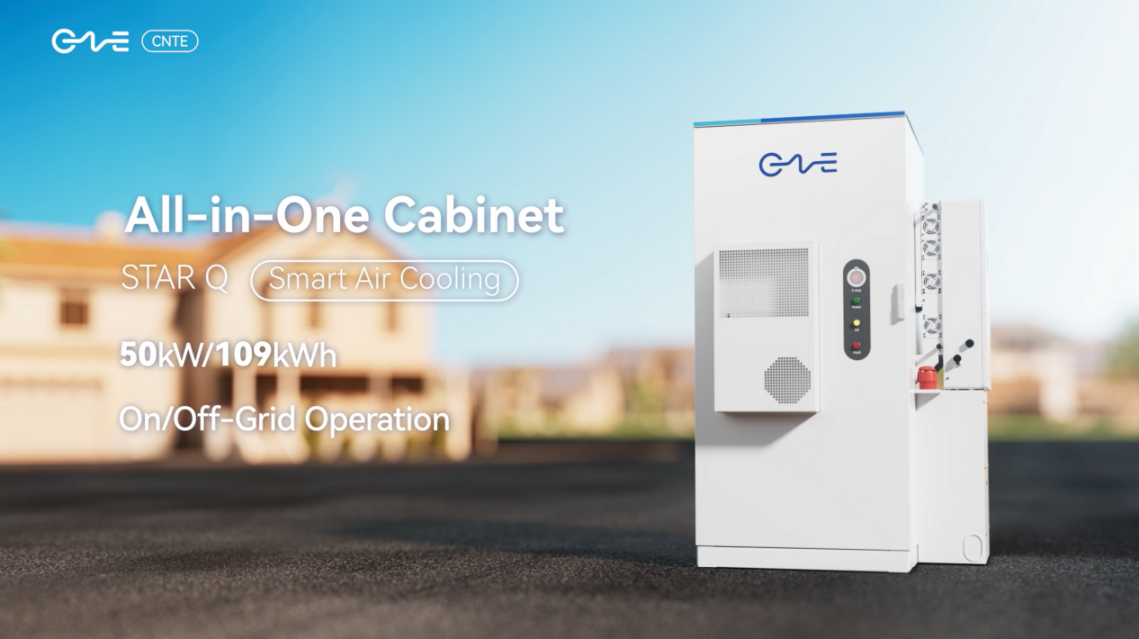Global Market Status: Surging Demand for Residential Energy Storage Systems
The international landscape for residential energy storage systems (ESS) is currently witnessing an extraordinary surge, driven by a combination of factors that are reshaping the energy sector. The accelerating integration of renewable energy sources—such as solar and wind power—when considered alongside escalating energy prices and mounting concerns regarding grid reliability, has substantially increased the demand for Residential Energy Storage Systems across not just residential but also commercial and industrial domains. According to contemporary market analyses, the residential ESS sector is poised to reach a multi-billion-dollar valuation by 2030, with a forecasted compound annual growth rate (CAGR) exceeding 20% over the coming years.
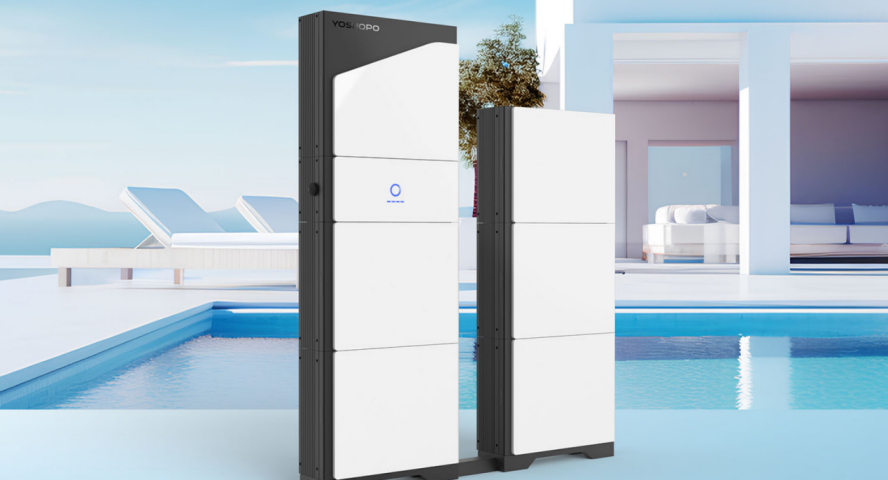
Consumers, more than ever, are striving to assert greater control over their energy consumption, reduce dependency on conventional grid infrastructure, and mitigate utility expenses through the adoption of cutting-edge energy storage technologies. Furthermore, various governments around the world are actively promoting the adoption of residential ESS by implementing supportive policies and offering incentives, which, in turn, are acting as significant catalysts for this market’s expansion.
Key Challenges Confronting Residential Energy Storage Initiatives
In spite of the rapid market expansion and heightened demand for residential ESS, several formidable challenges must be navigated to ensure the successful execution of these projects. These hurdles are primarily of a technical, regulatory, and economic nature, each demanding unique solutions to overcome.
1. Elevated Initial Costs and ROI Uncertainty
A principal obstacle to the broad adoption of Residential Energy Storage Systems remains the substantial initial capital outlay required for system installation. Many homeowners exhibit hesitance when it comes to investing in such systems, largely due to lingering uncertainties surrounding the anticipated return on investment (ROI). Although the cost of lithium-ion batteries has been on a downward trajectory over recent years, it still represents a significant portion of the overall project expenditure, making the upfront cost a key deterrent.
Manufacturers and suppliers, such as CNTE (Contemporary Nebula Technology Energy Co., Ltd.), have sought to tackle this issue by concentrating their efforts on enhancing the efficiency and adaptability of their energy storage offerings. By incorporating CATL LFP (Lithium Iron Phosphate) battery cells in conjunction with sophisticated liquid cooling systems, CNTE’s solutions are designed to maximize energy density and extend battery lifespan, which in turn improves ROI for end-users by offering long-term financial benefits.
2. Regulatory and Policy Complications
Another prominent challenge for Residential Energy Storage Systems deployment lies in navigating the intricacies of the regulatory and policy landscape, which varies significantly between countries and even regions. Energy storage projects often have to comply with diverse regulations and standards, affecting not only the feasibility of projects but also their timelines. In certain scenarios, the processes surrounding grid interconnection are particularly intricate, necessitating homeowners to navigate complex utility regulations, thereby delaying project implementation.
CNTE’s depth of expertise in energy storage system integration—exemplified by its leadership in the Chinese market—empowers the company to deliver solutions that are both technically advanced and fully compliant with the diverse regulatory frameworks in place. Having pioneered smart BESS (Battery Energy Storage System) charging in China, CNTE is well-positioned to tackle the policy-related challenges that arise in various global markets, ensuring smooth and compliant project execution.
3. Space Constraints and System Design Complexity
Space limitations in residential environments pose a significant challenge when it comes to installing energy storage systems, particularly in urban settings where available room for such installations is at a premium. In densely populated areas, the physical footprint required for battery installations can be a major obstacle, as modifying the layout of homes to accommodate these systems can often involve significant disruption.
CNTE offers a practical solution to this issue by delivering modular and scalable systems. The company’s energy storage packs and solutions are meticulously designed by a team of professional structural engineers, ensuring that they can be installed flexibly and with minimal spatial impact. Furthermore, CNTE’s customizable systems cater to the specific requirements of each household, enabling projects to be implemented with minimal alteration to the existing property configuration, thereby overcoming the space-related constraints many homeowners face.
CNTE’s Role in Commercial and Industrial Energy Storage Solutions
While the focus of this blog is on residential energy storage, it is important to highlight the significant advancements CNTE has made in the commercial and industrial (C&I) energy storage sector. CNTE’s commercial and industrial ESS solutions utilize CATL LFP battery cells and intelligent liquid cooling systems, offering solutions ranging from 206 kWh to 4 MWh. These large-scale energy storage solutions are designed to provide reliable power backup, energy cost savings, and enhanced grid stability for businesses and industries.
The Role of C&I Energy Storage in Load Balancing
In the C&I sector, energy storage systems are critical for peak shaving and valley filling, which helps balance the load on the grid. During periods of high demand (peak hours), the ESS can discharge stored energy to reduce the need for additional power generation. Conversely, during low demand (valley periods), the system can store excess energy for later use.
CNTE’s systems offer these peak shaving and valley filling solutions, helping businesses reduce energy costs and contribute to overall grid stability. The advanced EMS (Energy Management System) developed by CNTE allows for precise control and optimization of energy usage, ensuring that businesses can efficiently manage their energy consumption.
Emergency Backup Power for Business Continuity
Another key advantage of CNTE’s C&I ESS solutions is their ability to provide emergency backup power. In the event of a grid failure or blackout, businesses can rely on stored energy to maintain critical operations, reducing downtime and preventing financial losses.
CNTE’s smart BESS integration and advanced monitoring systems ensure that their energy storage solutions are not only reliable but also easily manageable. With big data cloud platforms, real-time monitoring, and user-friendly applications, businesses can track their energy storage performance and make adjustments as needed to maintain resilience.
Case Study: C&I ESS in Israel
A notable example of CNTE’s expertise in C&I energy storage is their project in Israel, where a community-scale system was implemented. This project, with a scale of 1.72MW/3.72MWh, was designed to provide peak shaving, valley filling, and emergency power backup for the local community. The system plays a critical role in load balancing, ensuring that energy demand is met without overburdening the grid.
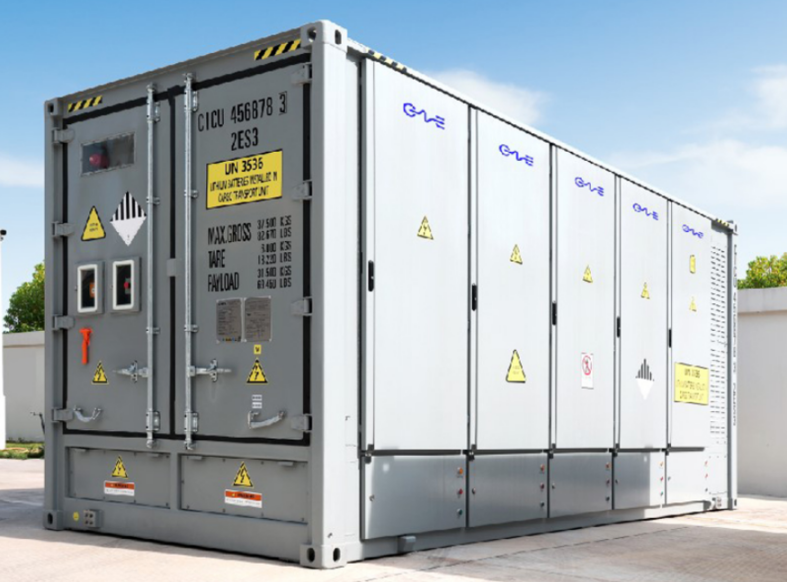
The success of this project highlights the scalability and effectiveness of CNTE’s solutions. By leveraging advanced technologies, such as CATL LFP battery cells and intelligent liquid cooling systems, CNTE is able to deliver robust and reliable energy storage systems for diverse applications.
System Integration Expertise: CNTE Leading the Way
CNTE’s ability to integrate complex energy storage systems sets them apart in the industry. The company’s innovative approach to system integration is backed by a team of highly skilled professionals, with over 50% of the workforce dedicated to research and development (R&D). This expertise ensures that CNTE can design and implement advanced energy storage solutions that meet the evolving needs of residential, commercial, and industrial customers.
Pioneering Smart BESS Charging
In China, CNTE has been at the forefront of smart BESS charging, integrating their systems with renewable energy sources and the grid. This pioneering work has enabled CNTE to develop cutting-edge energy storage solutions that optimize performance while reducing costs.
The company’s smart charging systems ensure that batteries are charged during off-peak hours when energy prices are lower, and discharged during peak hours to reduce reliance on the grid. This approach not only helps homeowners and businesses save on energy costs but also supports grid stability by smoothing out fluctuations in energy demand.
Advanced Software and EMS Management
Another key strength of CNTE is their advanced software capabilities. The company has developed an industry-leading EMS management system, which includes a big data cloud platform, real-time monitoring, and user terminal applications. These tools allow users to manage their energy storage systems more efficiently, optimizing energy usage and ensuring system reliability.
The big data cloud platform collects and analyzes energy usage data, providing insights that can be used to fine-tune system performance. This level of control is especially important in residential ESS projects, where energy usage patterns can vary significantly from household to household.
Structural Design and Customization
CNTE’s expertise in structural design further enhances their system integration capabilities. The company’s team of structural design experts has extensive experience in creating energy storage systems that are both efficient and easy to install. This attention to detail ensures that CNTE’s solutions are adaptable to a wide range of residential and commercial applications.
By offering customized solutions that fit the specific needs of each project, CNTE ensures that their energy storage systems deliver optimal performance while minimizing the need for costly infrastructure upgrades.
Establishment of School-Enterprise Cooperation
To stay at the cutting edge of innovation, CNTE has also established partnerships with academic institutions. This school-enterprise cooperation fosters collaboration between industry experts and researchers, driving advancements in battery technology, energy management, and system integration.
These partnerships enable CNTE to stay ahead of industry trends and continue delivering innovative solutions to their customers. By investing in research and development, CNTE is well-positioned to lead the future of residential and commercial energy storage.
Conclusion: Addressing Residential Energy Storage Challenges with Innovative Solutions
The growing demand for residential energy storage systems presents both opportunities and challenges for the industry. High costs, regulatory barriers, and space constraints are significant hurdles, but companies like CNTE are addressing these challenges through advanced technology, system integration expertise, and flexible, scalable solutions.
As a global leader in energy storage, CNTE’s commercial and industrial energy storage solutions showcase their ability to deliver reliable and efficient systems. Their experience in system integration, coupled with their commitment to research and development, ensures that CNTE remains at the forefront of the energy storage revolution.
By continuing to innovate and adapt, CNTE is helping homeowners and businesses alike transition to a more sustainable and resilient energy future.
Contact Information:
Tel: +86-0591-83970008
Email: cntepower@cntepower.com
Get in Touch
Recent Posts
Tags
- battery to grid
- better battery renewable energy
- charging station
- clean energy storage solutions
- electrical energy storage exhibition
- energy storage battery pack
- energy storage system solar
- energy tech battery
- ess battery system
- large solar storage batteries
- new battery storage
- optical storage integration
- pcs battery system
- price per kwh battery storage
- smart battery storage
- solar battery container
- solar energy battery storage system
- solar energy storage technology
- solar ess system
- Solar panel energy storage systems
- Solar Power Plant Battery
- solar pv and battery storage systems
- standalone energy storage systems


